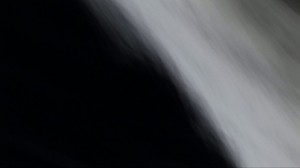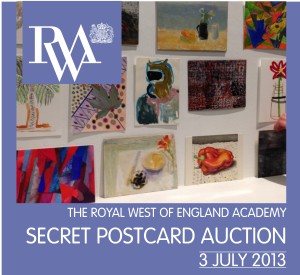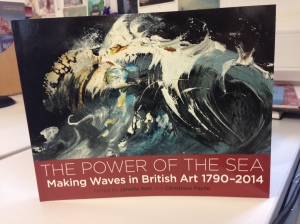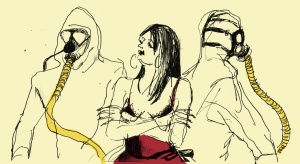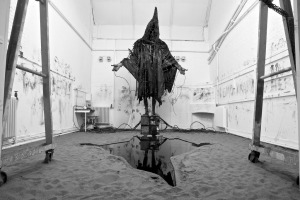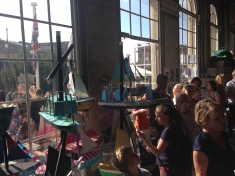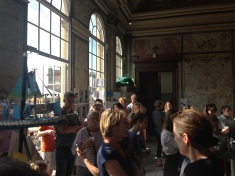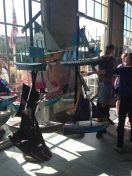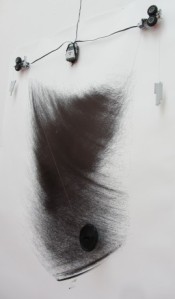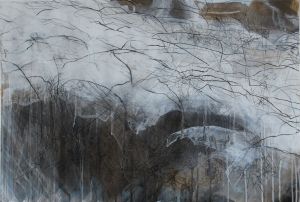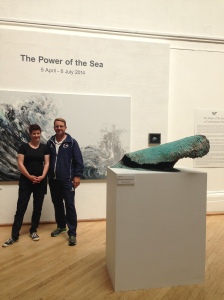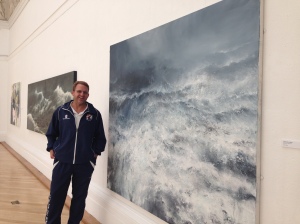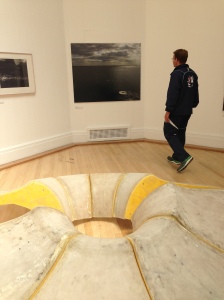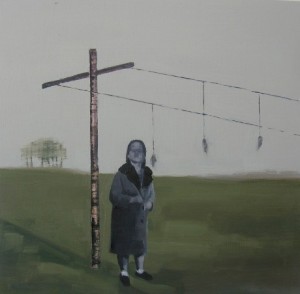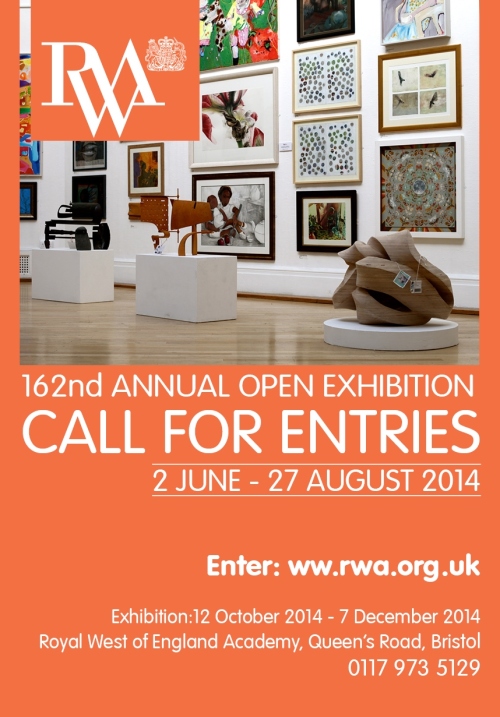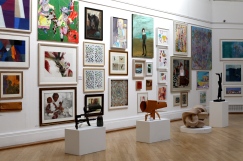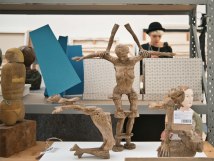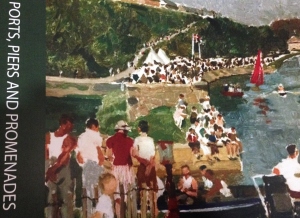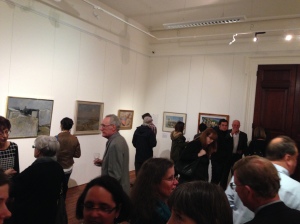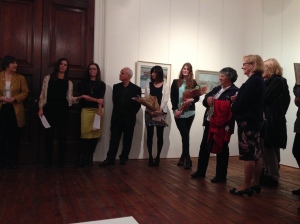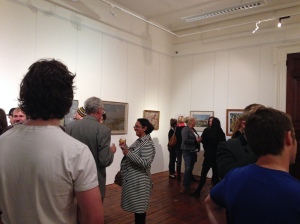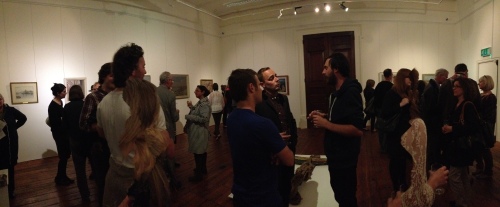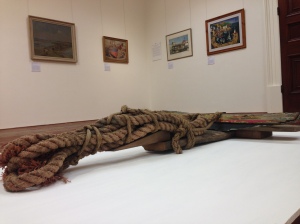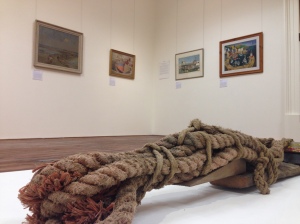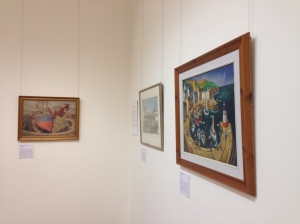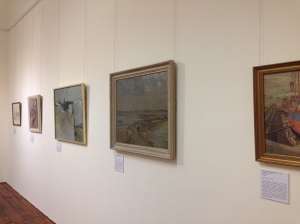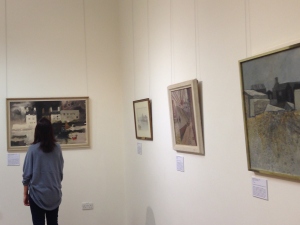The RWA is one of five Royal Academies of Great Britain and Ireland and has a maximum membership of 150 Academicians elected by their peers. Earlier this year 6 artists were elected as Royal West of England Academicians, This week we look at the work and inspiration of Terry Flaxton.
“I began sketching in earnest at 8, then painting, and on becoming a teenager I was fascinated with sound with which I created various works, until I first came across film and photography in 1971. At that time at Wimbledon College of Art I concentrated on painting but by 1976 I studied at University of East London a subject that was to become ‘Communication Design’. This was influenced by McLuhan, Carpenter and Buckminster Fuller – but hamstrung as it reached out for digital interdisciplinary by a set of analogue practices that kept ,materials separate.
Print from the sequence ‘Until I’m Gone’, printed onto aluminium , 42 x 23 inches
So from 1976 I began creating moving image artworks and won a prize in the fourth Tokyo Video Festival in 1979. Initially I worked creating artworks from scratch then on vbecoming a ‘media’ professional I turned to commercial work where I appropriated the footage I’d shot (for instance from companies such as Apple during the making of Ridley Scott’s famous 1984 commercial – this footage then became ‘Prisoners’). Through the eighties I fine tuned my art practice side by side with producing television work and I was responsible for creating a 5 part Channel 4 series called ‘On Video’, which charted British and then European Video Art), plus I was commissioned to make a piece entitled ‘The World Within Us’ alongside other leading video art personages in the Ghosts in the Machine series also on Channel 4. This work won prizes at the Locarno and Montbeliard Festivals. My work at that time went to many festivals, was shown in galleries and also museums.
These groups were Vida, which ran from 1976 to 1980, Triple Vision, which ran from 1980 to 1992 and Ignition Films from 2000 – 2008. In Vida we organised around 150 shows between 1976 and 1980, then co-organised the first UK independent video festival with other early video makers; Triple Vision had a retrospective of work at the Mill Valley Film Festival during the mid-eighties. I had another at the Den Haag Video Festival around the same time – the most recent was the Rome Film Festival in 2010. But, all that I really know is the work I have made has shown at many locations for many years – I’m not sure what it means to say that though.
Things changed In 2007 when I undertook the first practitioner-led research into the properties of high Resolution images, before commencing a Knowledge Exchange Fellowship at the University of Bristol, during this time I made many new works and showed work in Italy (Milan several times), China, France, New York, Japan and Sweden. In collaboration with BBC R&D and Uni of Bristol, I led the capture of first higher dynamic range, higher resolution and higher frame rate experiments to measure which combination of these developing parameters of image capture, would best engage the audience. I also created Uni of Bristol’s Centenary portraits. In 2013, I joined UWE where I am now Professor of Cinematography and Lens Based Arts and Director of the Centre for Moving Image Research at the University of the West of England.”
Thanks to Terry for his work on this piece.

